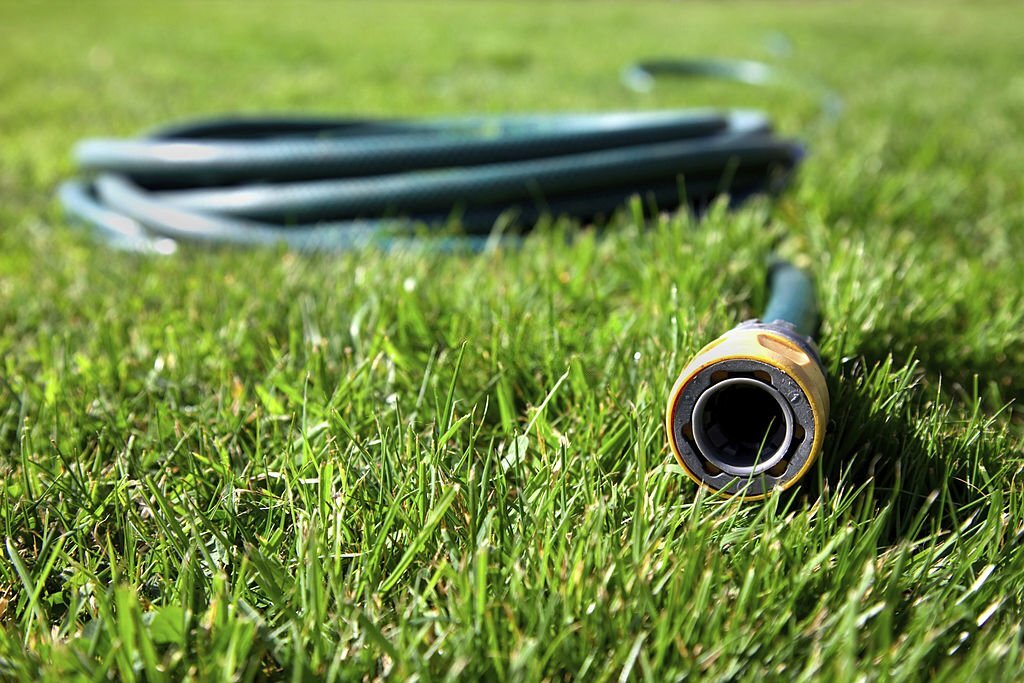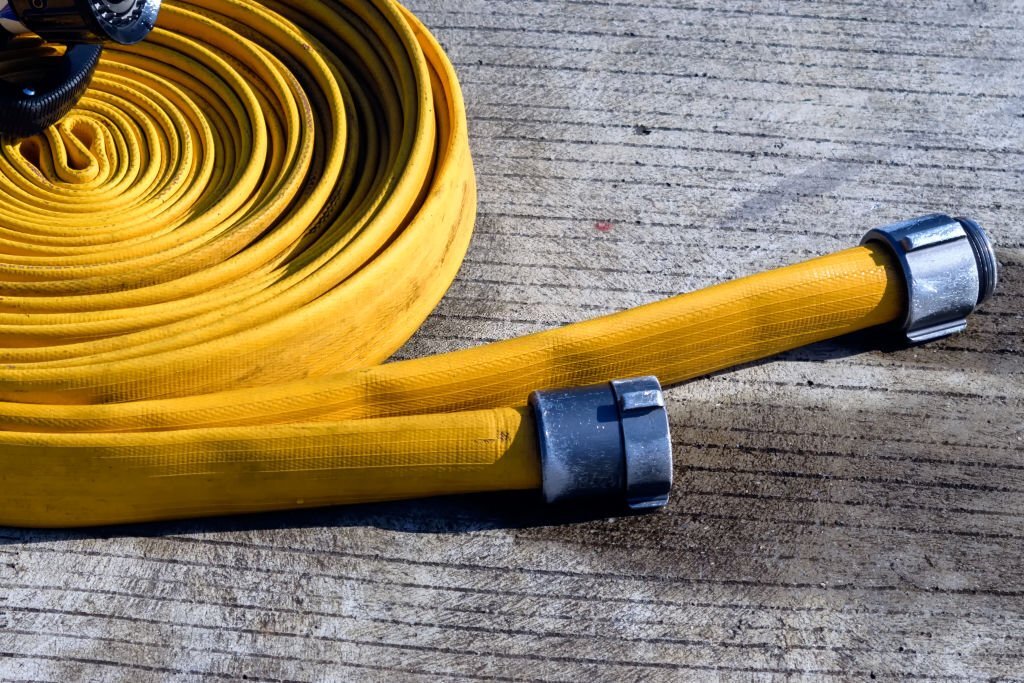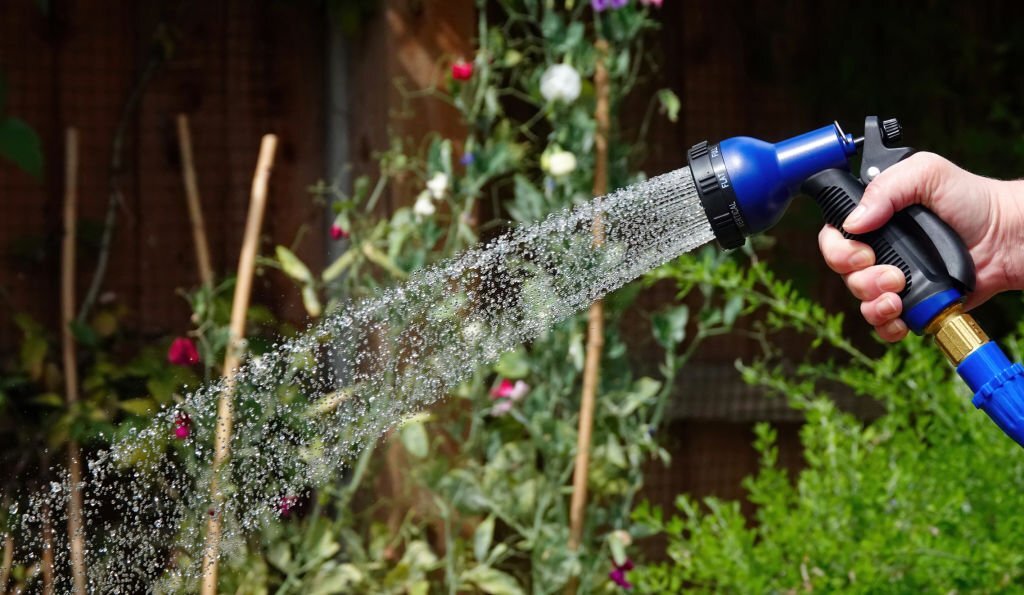Garden Hose 5/8 vs 3/4: Choosing the Right Size for Your Needs
Selecting the perfect garden hose is like choosing a companion for your gardening journey – it can make the path easier. However, the decision-making process can leave you tangled when choosing a garden hose. Don’t worry! The article “Garden Hose 5/8 vs 3/4: Choosing the Right Size for Your Needs” will delve deep into the nuances of garden hose sizes, unraveling the key differences and unlocking the secrets to making the right decision.

Understanding the Garden Hose 5/8 vs 3/4 inch
5/8 inch
The 5/8 inch garden hose, a versatile choice for residential gardening, features an inner diameter of 5/8 inches. This size balances water flow and pressure, making it ideal for everyday tasks like watering plants and lawns. Its manageable weight ensures easy maneuverability, while its compatibility with various nozzles and attachments enhances its usability.
3/4 inch
In contrast, the 3/4 inch garden hose boasts a larger inner diameter of 3/4 inches, offering increased water flow and pressure. This size suits more demanding tasks such as filling large containers and efficiently irrigating larger gardens or landscapes. Although slightly heavier, its enhanced water output proves beneficial for activities that require a substantial water supply, making it a preferred choice for those with greater watering needs.

5/8 vs 3/4 Garden Hose: Key Differences
Water Flow and Pressure
The 5/8-inch garden hose balances water flow and pressure, making it suitable for everyday watering needs. On the other hand, the 3/4-inch hose boasts a larger inner diameter, offering significantly increased water flow and higher pressure. This makes it better suited for efficient garden irrigation, tasks requiring more power, and situations where a robust water stream is necessary.
Hose Weight and Maneuverability
In terms of hose weight and maneuverability, the 5/8-inch option stands out with its lightweight construction, allowing for easy handling during routine gardening activities. Meanwhile, the 3/4 inch hose, while slightly heavier, maintains good maneuverability and offers improved water delivery capabilities, making it a valuable choice for more demanding watering tasks.

Water Consumption and Efficiency
The 5/8 inch hose proves to be efficient for regular watering needs, consuming less water compared to the 3/4 inch hose. Its moderate water flow strikes a balance between adequate hydration and conservation. However, the 3/4-inch hose’s higher water flow may result in slightly more water consumption, making it better suited for larger areas that require substantial irrigation, ensuring thorough saturation.
Attachment Compatibility
Both hose sizes are compatible with various nozzles, sprayers, and attachments, offering versatility for different gardening and outdoor cleaning tasks. The 3/4 inch hose’s higher water flow may require attachments specifically designed to handle its increased pressure. However, the 5/8-inch hose boasts wide compatibility with various standard nozzles and attachments, making it a versatile option for different gardening applications.

Overall Versatility
The 5/8-inch hose is a versatile option for general gardening tasks, such as watering plants, lawns, and flower beds. Its balanced water flow and pressure cater to most routine needs. In contrast, the 3/4-inch hose shines in scenarios where greater water flow and pressure are needed. It excels at efficiently covering larger areas, filling pools, and tackling heavy-duty cleaning jobs.
How to Choose the Right Garden Hose Size?
Assess Water Needs
To determine the ideal hose size, start by evaluating the size and layout of your garden. Larger gardens or those with numerous plants and areas to water may benefit from a hose with a larger diameter, such as the 3/4 inch. Smaller gardens, on the other hand, may find the 5/8 inch hose sufficient for their watering requirements. Assessing your water needs helps ensure that your plants receive the adequate hydration they require.

Water Pressure
If your water pressure is low, opting for a hose with a smaller diameter (5/8 inch) might be more suitable, as it can provide sufficient water flow without putting undue strain on the system. In contrast, areas with higher water pressure can take advantage of the 3/4-inch hose’s ability to accommodate greater water flow, allowing for faster and more efficient watering.
Hose Length
The distance between your water source and the farthest point in your garden dictates the necessary hose length. Ensure the chosen hose length covers all areas without stretching or straining. Longer hoses, such as those available in 5/8 and 3/4 inch sizes, provide versatility for larger gardens or spaces requiring extensive coverage.

Attachment Compatibility
Consider the compatibility of the hose with your existing watering attachments. Ensure that the hose diameter matches the connections on your nozzles, sprayers, and other accessories. A well-matched hose and attachments streamline watering and prevent leaks or disruptions during use.
Maneuverability
Maneuverability is crucial for hassle-free gardening. The 5/8-inch hose is known for its lightweight design and flexibility, making it easier to transport around your garden and maneuver through tight spaces. On the other hand, the 3/4-inch hose, while slightly heavier, still offers good maneuverability and is suitable for areas with larger plantings or those requiring broader coverage.

Water Efficiency
Opting for a hose that promotes water efficiency is environmentally responsible. Some hoses come with features like adjustable flow settings or specialized nozzles that allow you to customize water distribution. Additionally, drip irrigation systems can enhance water efficiency by delivering water directly to plant roots, minimizing wastage.
Durability
Prioritize hoses made from durable materials like reinforced rubber or high-quality PVC. A sturdy construction ensures longevity, even when exposed to varying weather conditions, UV rays, and potential abrasions from garden obstacles. Both 5/8 and 3/4 inch hoses are available in durable options, offering dependable performance season after season.

Budget
While selecting the right hose size is essential, it’s important to consider your budget. While the 3/4-inch hose may offer enhanced water flow capabilities, the 5/8-inch hose is often a cost-effective choice that meets the needs of many gardens. Balancing performance and budget ensures you get the best value for your investment.
FAQs
Can using a larger diameter hose lead to water wastage?
Opting for a larger hose may offer higher water flow, but be mindful to avoid waste. Control flow using valves or nozzles to match your task, ensuring efficient usage without unnecessary water consumption.
Can I connect a 5/8-inch hose to a 3/4-inch faucet?
Connecting a 5/8-inch hose to a 3/4-inch faucet is feasible with a proper adapter. However, choosing a hose and faucet size that matches to optimize water pressure and avoid potential leakage is advisable. The mismatch in sizes can disrupt the efficient flow of water, affecting the performance of your watering tasks.
Are hose reels and storage solutions compatible with both sizes?
Indeed, many hose reels and storage solutions are designed to be versatile and can accommodate hoses of both 5/8-inch and 3/4-inch sizes. Ensure a secure fit and proper winding to prevent kinks and prolong the lifespan of your hose, regardless of the diameter. Proper storage practices can help maintain the integrity of your hose for years to come.
Conclusion
In wrapping up our exploration of the distinctions between garden hose 5/8 vs 3/4, you now have the insights needed to make this decision easier. With an understanding of water flow, weight, efficiency, compatibility, and versatility, you can select the ideal hose size for your gardening aspirations. Whether nurturing delicate blooms or tending to vast landscapes, choosing between these two hose sizes plays a crucial role in cultivating a thriving and lush outdoor haven.
Related Articles